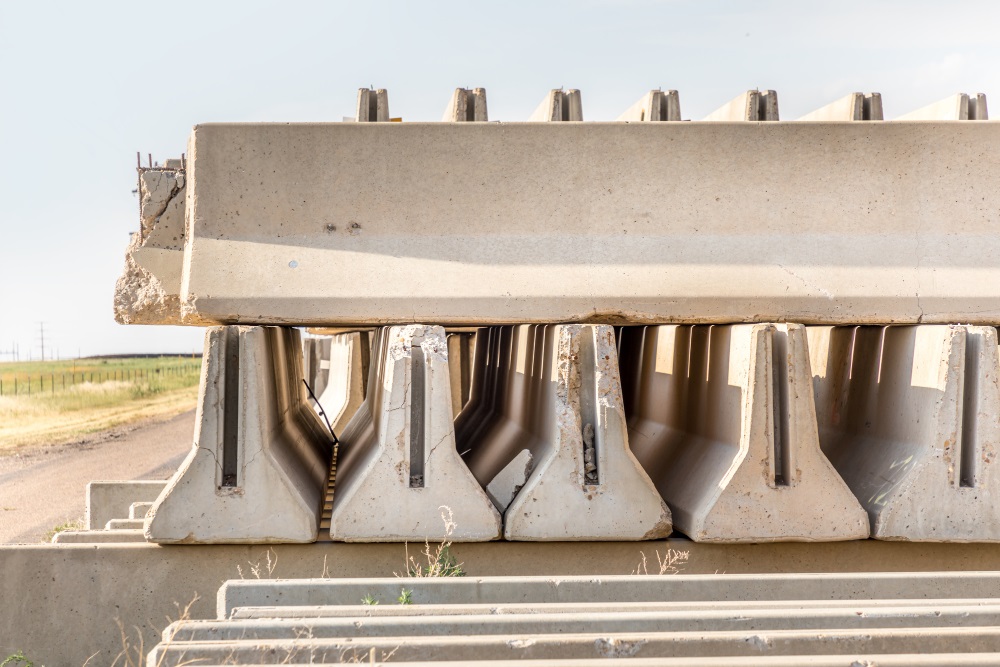Precast concrete has become a cornerstone of modern construction, offering numerous advantages over traditional building methods. As cities expand and the demand for efficient, durable, and aesthetically pleasing structures grows, precast concrete emerges as a game-changer in the industry. This blog explores the intricacies of precast concrete, its benefits, applications, and its transformative impact on the construction sector.
What is Precast Concrete?
Precast concrete refers to concrete elements that are cast and cured in a controlled factory environment, then transported to the construction site for assembly. Unlike cast-in-place concrete, which is poured and cured on-site, precast components are manufactured with precision, ensuring consistent quality and strength.
Advantages of Precast Concrete
-
Quality and Durability: Precast concrete is produced in a controlled environment with stringent quality control measures, resulting in superior strength and durability. This makes it an ideal choice for structures that need to withstand harsh weather conditions and heavy loads.
-
Time Efficiency: Construction projects utilizing precast concrete can be completed faster than those relying on traditional methods. Since the concrete elements are pre-made, on-site construction time is significantly reduced, leading to quicker project completion and earlier occupancy.
-
Cost-Effectiveness: While the initial production of precast concrete elements can be more expensive, the reduced labor costs and faster construction timelines often result in overall cost savings. Additionally, the durability and low maintenance needs of precast concrete contribute to long-term economic benefits.
-
Versatility: Precast concrete can be used in a wide variety of applications, including beams, columns, walls, floors, and entire building facades. Its ability to be molded into different shapes and sizes allows for innovative architectural designs.
-
Environmental Benefits: Precast concrete production generates less waste compared to traditional methods. The controlled factory setting allows for efficient use of materials, and the concrete’s thermal mass contributes to energy-efficient buildings. Furthermore, precast concrete can incorporate recycled materials, enhancing its sustainability profile.
Applications of Precast Concrete
-
Residential Buildings: Precast concrete is commonly used in residential construction for walls, floors, and roof panels, providing homes with robust structural integrity and enhanced sound insulation.
-
Commercial Structures: Office buildings, shopping centers, and hotels benefit from the quick assembly and durability of precast concrete. Its versatility also allows for creative architectural elements that enhance aesthetic appeal.
-
Infrastructure Projects: Bridges, tunnels, and highway components often utilize precast concrete due to its strength and ability to be produced in large quantities. This is critical for infrastructure projects that demand high performance and longevity.
-
Industrial Facilities: Factories and warehouses require materials that can withstand heavy machinery and extensive use. Precast concrete’s robustness makes it ideal for industrial environments.
-
Public Buildings: Schools, hospitals, and community centers use precast concrete for its durability, safety, and ease of maintenance. The speed of construction also helps in quickly providing essential public services.
Innovations in Precast Concrete
The precast concrete industry is continuously evolving with technological advancements enhancing its applications and performance. Some notable innovations include:
- 3D Printing: Integrating 3D printing technology with precast concrete allows for intricate designs and custom components, pushing the boundaries of architectural possibilities.
- Self-Healing Concrete: Research is underway to develop self-healing concrete, which can automatically repair cracks, extending the lifespan of precast elements.
- Lightweight Concrete: Advances in material science are leading to the production of lighter precast concrete without compromising strength, making it easier to handle and transport.
Conclusion
Precast concrete stands at the forefront of construction innovation, offering a blend of efficiency, durability, and versatility. As the industry continues to evolve, the adoption of precast concrete is likely to increase, driving forward the next generation of building and infrastructure projects. For architects, engineers, and builders, embracing precast concrete means embracing a future of more sustainable, resilient, and aesthetically diverse construction.

